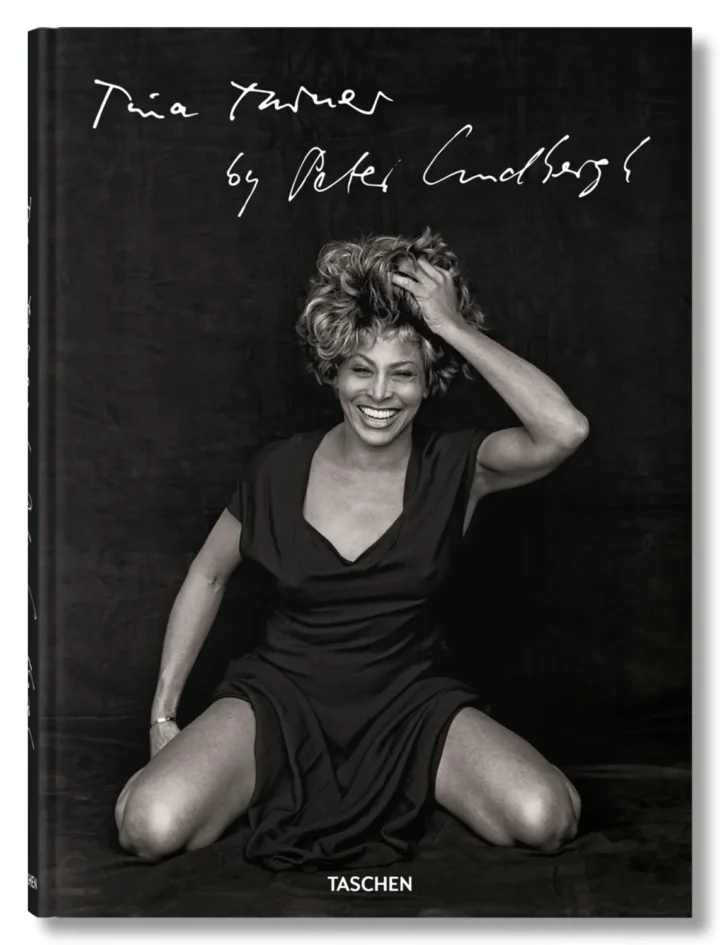Emilio Pucci was not only a famous fashion designer, but also an Italian nobleman, a politician and an athlete. He was born in Naples on November 20, 1914 and came from an old Florentine family that held the title of Marchese di Barsento since the 13th century. He studied agriculture at the University of Georgia in the United States and social sciences at Reed College in Oregon, where he graduated with a master’s degree in 1937.
His career as a fashion designer began rather accidentally, when he designed a ski suit for a friend in 1947, which was spotted by a photographer from Harper’s Bazaar magazine. Editor Carmel Snow liked the suit so much that she published it in her magazine. Pucci then opened his first atelier on Via dei Pucci in Florence and began designing clothes using innovative materials such as silk, cotton and nylon.
Pucci became best known for his geometric patterns in bright colors, which he designed himself and which were often inspired by nature, art or exotic cultures. He called his creations “emilio shapes”, creating a distinctive style that was worn by many celebrities such as Marilyn Monroe, Jacqueline Kennedy and Sophia Loren. He is considered one of the pioneers of the prêt-à-porter and jet-set look, as his clothes were light, comfortable and elegant, suitable for different occasions.
Pucci was not only a successful fashion designer, but also a committed politician. He was a member of the liberal party Partito Liberale Italiano (PLI) and was elected as a member of the Italian Parliament in 1963.
Pucci died of a heart attack in Florence on November 29, 1992. He left behind his wife Cristina Nannini, to whom he had been married since 1959, and two children: Laudomia and Alessandro. His daughter Laudomia took over the management of the company and continued her father’s legacy. She collaborated with various designers such as Christian Lacroix, Matthew Williamson and Peter Dundas to modernize and expand the Emilio Pucci brand.
Emilio Pucci was one of the most influential fashion designers of the 20th century. He revolutionized fashion with his colorful prints that exuded joy, dynamism and elegance. He was also a versatile man, interested in politics, sports and culture, and always committed to innovation and quality. He remains an icon of Italian fashion history to this day.


